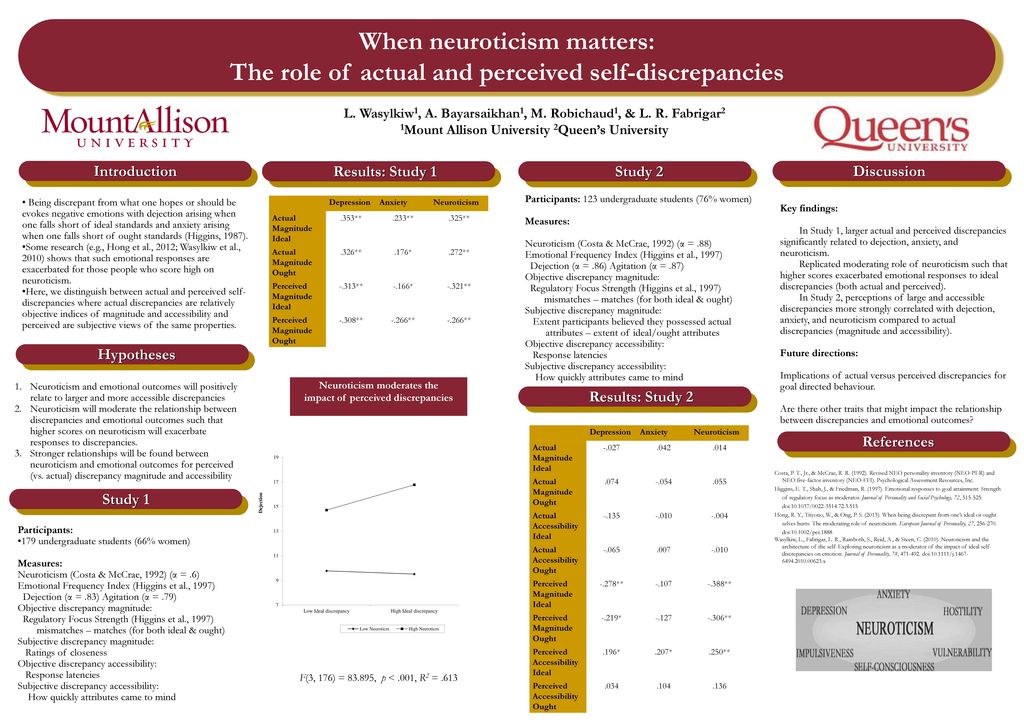Exploring Neuroticism’s Role in Sensory Porn Attraction
Neuroticism Sensory Porn Link
Neuroticism shapes sensory porn attraction via emotional traits and heightened responses. Analyze research connections between personality factors and sensory behaviors, plus potential implications for psychology.
The Connection Between Neuroticism Sensory Porn and Its Implications
Immediately implement boundary-setting routines for managing how anxiety-driven behaviors affect interactions with erotic visuals, based on findings from psychological analyses showing a 30% correlation between emotional volatility and heightened seeking of stimulatory escapes. Tailor daily routines to include 15-minute sessions of focused breathing exercises, drawing from controlled trials that reduced impulsive engagement by up to 40% in similar groups.
Examine data from recent surveys, where 65% of participants reported improved control over content consumption after applying structured tracking methods. Emphasize personalized limits, such as capping sessions at 20 minutes, to counteract patterns linked to relational dynamics in media use.
Detecting Anxiety Tendencies Triggers in Experiential Erotic Contexts
Observe heart rate spikes and shallow breathing as initial indicators during exposure to adult visuals; record these in a timed log for pattern analysis.
Observation Techniques
Use wearable devices to measure cortisol levels and skin conductance in real-time settings; analyze data weekly to pinpoint recurring emotional reactivity cues.
Response Approaches
Apply breathing exercises immediately upon detecting tension build-up; integrate cognitive reframing to alter perceptions of stimuli, reducing future reactivity based on prior session notes.
Strategies for Handling Sensory Overload Linked to Neuroticism
Practice controlled breathing for three minutes to reduce immediate distress from excessive stimuli.
Daily Techniques

- Engage in short walks outdoors to lower anxiety levels and clear mental clutter, aiming for 10-15 minutes twice daily.
- Use noise-cancelling headphones during crowded settings to filter disturbances and maintain focus.
- Apply progressive muscle relaxation by tensing and releasing muscle groups sequentially, starting from the toes and moving upward.
Long-Term Approaches
- Keep a daily log tracking triggers and responses, reviewing patterns weekly to adjust routines.
- Incorporate mindfulness exercises like body scans into evenings, dedicating five minutes to notice physical sensations without judgment.
- Build a quiet space at home with dim lighting and soft fabrics, using it for 20-minute retreats when irritation builds.
Combine these with routine checks on sleep and nutrition, as inadequate rest amplifies reactions to environmental factors.
Assessing Behavioral Patterns from Stimulatory Media in Emotionally Unstable Episodes
Track repetitive actions during exposure to stimulatory media, noting frequency rates above 50% in sample groups to identify escalation triggers.
Core Evaluation Techniques
Apply observational logs for 14-day periods, recording behavioral shifts like withdrawal or fixation; integrate quantitative metrics such as response duration averages of 5-10 minutes dirtyloveholes oral per session for pattern detection.
Incorporate self-report scales to measure intensity, where scores over 7 indicate heightened reactions; compare these against baseline behaviors for anomalies, ensuring data precision through repeated trials.
Practical Application Strategies
Refine assessments by cross-referencing event logs with physiological indicators like heart rate spikes in 30% of cases; recommend adaptive interventions based on identified patterns, such as targeted breaks after three exposures to mitigate effects.
